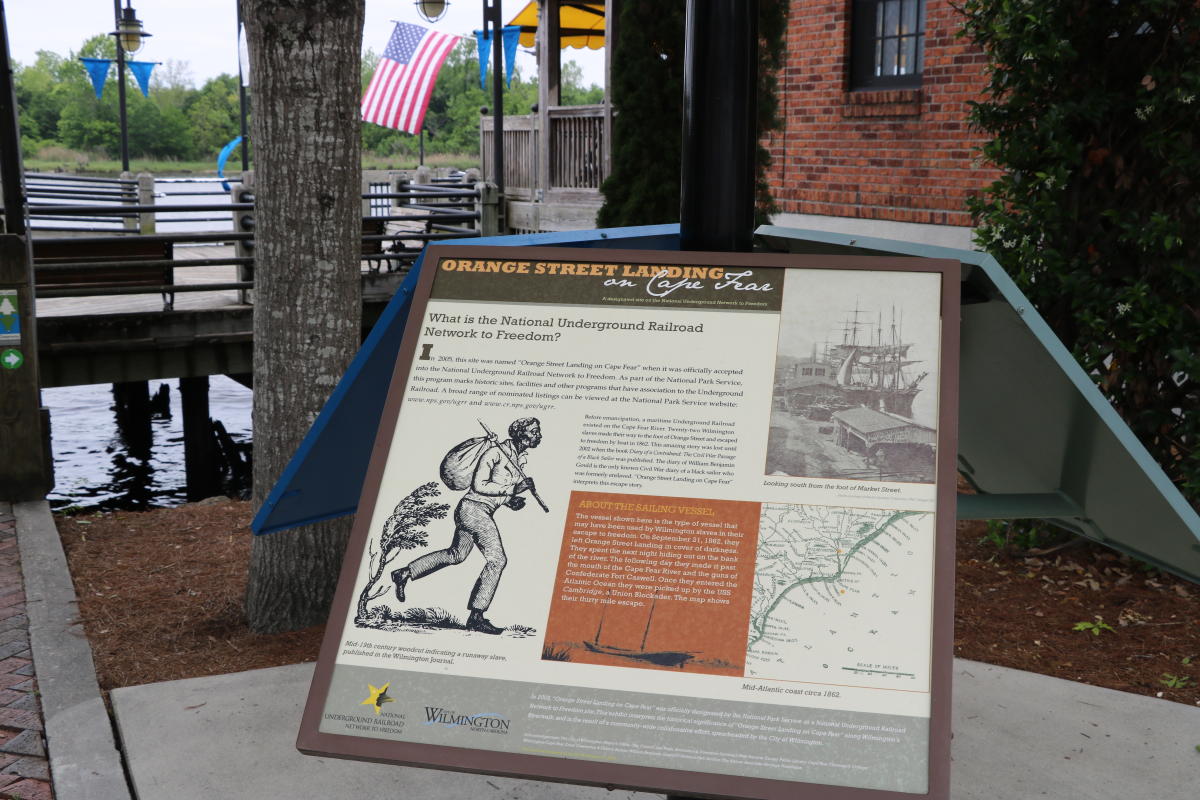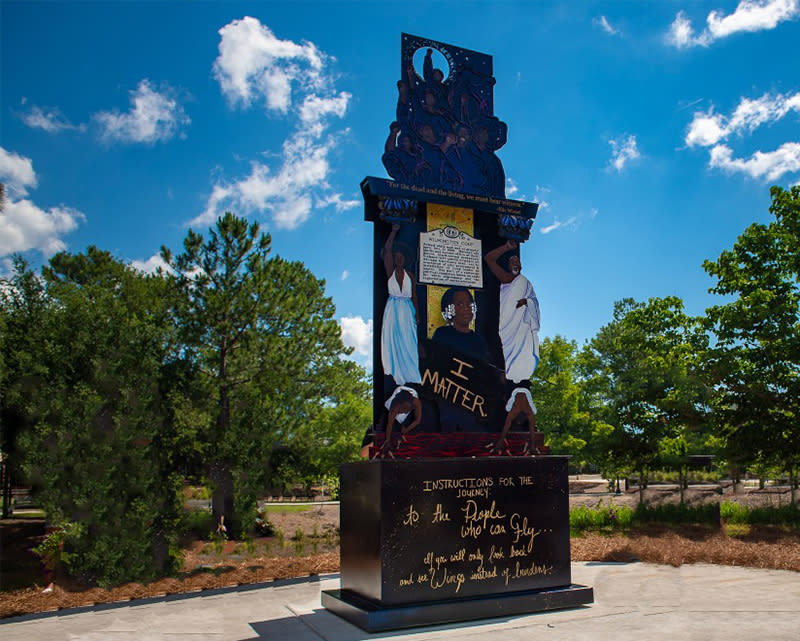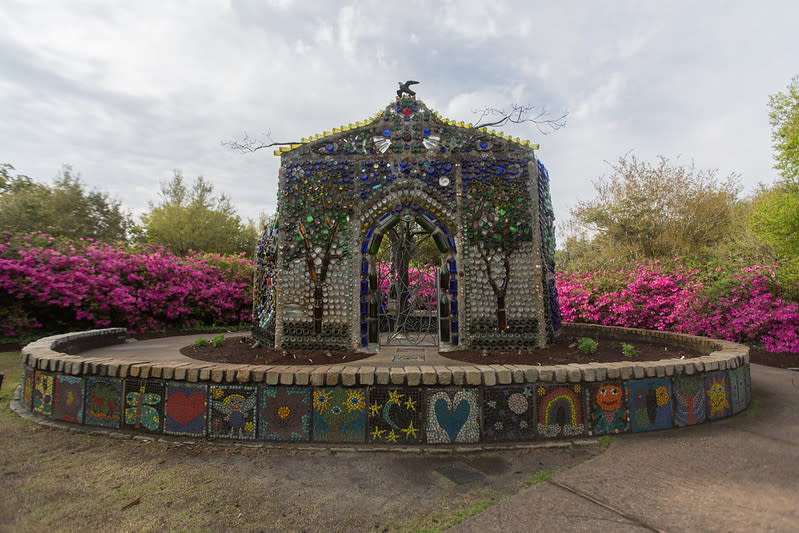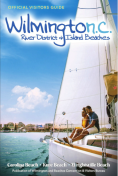Exploring Wilmington's African American History
African American contributions to the economic and cultural development of Wilmington are significant and far-reaching. Having comprised the majority of Wilmington’s population for many centuries, African Americans played an important role in shaping the region’s history.
While the African American experience in Wilmington was at times violent and painful, progress is being made as we attempt to learn from social injustices of the past.
To gain greater understanding of the region’s rich and complex history, one can learn about Wilmington’s Black heritage and influential community members through a variety of African American history tours, museum exhibits, historical sites, markers and outdoor art.
Museum exhibitions and attractions can help develop a deeper understanding and appreciation of the struggles of African Americans and their contributions to Wilmington’s cultural heritage. Tours of African American heritage sites provide a meaningful way to explore several centuries of Black history and its lasting imprint on the Wilmington region. Tour stops include historically significant markers and landmarks, as well as residential, religious, educational, burial and cultural sites.

Guided Tours
Hop on a shuttle and discover Wilmington's African American history with WilmingtoNColor Heritage Tour. The hour-long tour takes you around the city highlighting African American achievements, heritage and locals who have made national contributions. Or, embark on a guided walking or driving tour led by Islah Speller, founder of the Burnett-Eaton Museum Foundation and Journey Wilmington’s African American History Tours.

Self-Guided Tours
Developed by local historians, Wilmington History Tours’ African American History Tour is available via App (Apple App & GooglePlay) as a self-guided comprehensive tour with 32 sites in New Hanover County, including: The Green Book (& Payne’s Tourist Home); Orange Street Landing on Cape Fear (a National Underground Railroad Network to Freedom site); Wilmington National Cemetery (USCT graves); The Wilmington Journal; and the 1898 Memorial, among others. To visit each site takes several hours, which can be done in a day or over several outings.
The City of Wilmington’s free and downloadable “A Guide to Wilmington’s African American Heritage” features 37 critical religious, educational, social and cultural sites, including: 1898 Monument & Memorial Park, Orange Street Landing at Cape Fear, The Wilmington Journal, Hubert Eaton House, Sadgwar House and other historically significant homes, churches, cemeteries and markers that interpret Wilmington’s African American heritage.

Museums & Attractions
Wilmington’s museums and area attractions, such as the Cape Fear Museum of History and Science interpret the region’s history. The museum’s signature exhibit, "Cape Fear Stories," interprets the region's rich and complex history, including insights into experiences of enslaved African Americans and of Black educators and leaders following Emancipation. The museum also explores the 1898 Wilmington insurrection and the community’s efforts to desegregate public institutions, as well as ways the region changed during the 20th century. Additionally, there are ongoing exhibits exploring Black history such as Michael Jordan: Achieving Success and Williston Auditorium, as well as traveling exhibitions and educational programs.
Cameron Art Museum is a cultural gathering place with art exhibits, educational workshops and diverse programs. Exhibits often feature works by Black artists, and the museum is home to the Minnie Evans Study Center, an archive and research repository for the NC folk artist’s work. The museum was built on the site of the Battle of Forks Road, a Civil War skirmish whose victory was won by the United States Colored Troops (USCT) and led to the fall of Wilmington. To honor the 1,600 brave USCT who fought for freedom, the museum opened the nation’s first USCT Park on the same grounds of the battle. The centerpiece of the park is Boundless, a life-size bronze sculpture by artist Stephen Hayes. The sculpture is fashioned from the cast features of 11 African American men connected to the site and its story, including USCT descendants, re-enactors, veterans and community leaders.

Built by free and enslaved Africans between 1859 and 1861, the Bellamy Mansion Museum of History & Design is part of the Gullah Geechee Cultural Heritage Corridor. Bellamy’s grounds include two 2-story brick structures: a reconstructed carriage house and the restored urban slave quarters that housed enslaved people who served the Bellamy family. The museum’s innovative programming on subjects related to slavery, Reconstruction, the 1898 Wilmington Massacre, segregation and related topics, make it an inclusive site that has fostered healing and thoughtful discourse. An introductory tour video and self-guided paper and downloadable audio tours are available, as well as guided tours.
Another Wilmington landmark built by free and enslaved African craftsmen is Thalian Hall Center for Performing Arts (c. 1858), a stately building that also serves as City Hall. Many famous African Americans have appeared onstage at Thalian Hall, including: social reformer/abolitionist/orator Frederick Douglass; educator/author Booker T. Washington; singer Marian Anderson; jazz legend Ethel Waters; and Wilmington’s own opera soprano Caterina Jarboro, among others.
Formerly a sweet potato and peanut plantation, Poplar Grove is part of the Gullah Geechee Cultural Heritage Corridor. Tours and exhibits explore local and regional Gullah Geechee history as it relates to the Black families who lived and worked there. Poplar Grove’s exhibits and programs serve to initiate meaningful dialogue that builds upon the values of respect, empathy, cultural diversity, multiple perspectives and democratic principles, shining a light on the generations of enslaved peoples whose legacies remain relevant.

Public art connects the past to the present. The 1898 Monument and Memorial Park was dedicated by the City of Wilmington on November 8, 2008. Designed by sculptor Ayokunle Odeleye of Atlanta, GA, the monument memorializes the African Americans harmed by the violence of 1898 insurrection and honors those who have worked for racial progress. The University of North Carolina (UNCW) unveiled the “Because It’s Time” sculpture, a Black Lives Matter installation by NC artist Dare Coulter that honors Black lives in Wilmington and recognizes their experiences. The sculpture is on display near the amphitheater in front of UNCW’s Fisher University Union.

The Minnie Evans Tribute Garden & Bottle Chapel at Airlie Gardens honors visionary artist and longtime Airlie Gardens’ employee, Minnie Evans. Inspired by Minnie’s work, local artists created the glass bottle chapel, sculptures, mosaics and fountain in the tribute garden.
The Federal Point History Center is a free community museum (hours vary) in Carolina Beach that features exhibits, artifacts, oral history collections, images and local resources relating to the history of Carolina Beach, Kure Beach and Sea Breeze, an African American beach community for summertime leisure during the late 19th and early 20th centuries.
New Hanover County’s Public Library Main Branch offers a local history room (by appointment) for researching genealogy, newspapers (including black-owned press) and historical records that date back many centuries.


